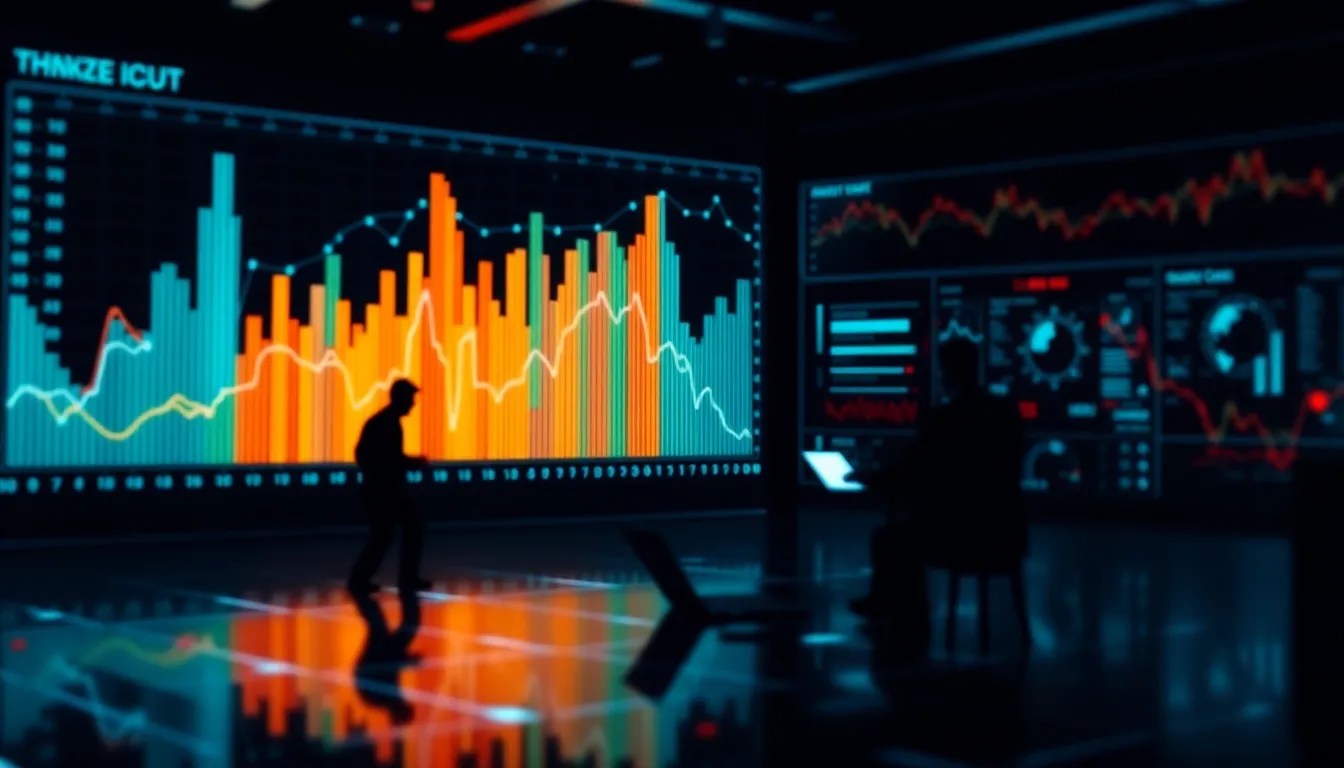How Data Visualization Can Improve Team Collaboration
I. Introduction
Data visualization refers to the graphical representation of information and data. By using visual elements like charts, graphs, and maps, data visualization tools provide an accessible way to see and understand trends, outliers, and patterns in data. In today’s fast-paced corporate environment, collaboration among team members is more crucial than ever. Effective teamwork drives innovation, enhances productivity, and fosters a culture of shared responsibility.
Data visualization plays a pivotal role in enhancing teamwork by making complex data more comprehensible, thereby facilitating better communication and collaboration among team members. This article explores the various ways in which data visualization can improve team collaboration, making it an essential tool in any organization.
II. The Role of Data in Team Dynamics
Organizations are inundated with vast amounts of data from various sources. This data can provide valuable insights, but it also poses challenges for teams trying to interpret complex information. Team dynamics are often influenced by how well members understand and communicate data insights.
- The increasing volume of data: Organizations today generate and collect more data than ever before, creating a need for effective data management and analysis.
- Challenges of interpreting complex data: The sheer volume and complexity of data can lead to misunderstandings and miscommunication within teams.
- Need for effective communication: To harness the power of data, teams must communicate insights clearly and concisely to make informed decisions.
III. Enhancing Understanding Through Visual Representation
Visual representation of data simplifies complex information, making it easier for team members to grasp essential insights quickly. Various tools and techniques can be employed to create effective data visualizations.
- Simplifying complex information: Visual formats can distill complex datasets into easily digestible visual summaries.
- Tools and techniques: Popular tools such as Tableau, Power BI, and Google Data Studio allow teams to create interactive and engaging visualizations.
- Examples of visual formats: Common visual formats include:
- Charts (bar charts, pie charts)
- Graphs (line graphs, scatter plots)
- Infographics that combine visuals and text
IV. Fostering Engagement and Participation
Data visualization encourages team members to actively engage in discussions by inviting their insights and contributions.
- Encouraging contributions: When data is presented visually, team members are more likely to share their interpretations and insights.
- Impact of interactive visualizations: Interactive dashboards allow team members to explore data on their own, fostering a sense of ownership and involvement.
- Case studies: Numerous organizations have successfully utilized data visualization to enhance collaboration. For example, a marketing team that adopted visual dashboards saw a significant increase in participation during strategy meetings.
V. Facilitating Better Decision-Making
Data visualization plays a crucial role in enabling teams to make better, more informed decisions quickly.
- Real-time data visualization: Access to real-time data ensures that teams can respond swiftly to changing circumstances.
- Visual aids in discussions: Utilizing visual representations during strategic discussions helps clarify points, align goals, and drive consensus.
- Improved decision outcomes: Companies that incorporate data visualization into their decision-making processes often report better outcomes, including increased sales and improved project success rates.
VI. Bridging Communication Gaps
Data literacy varies across team members, which can create communication barriers. Data visualization serves as a common language that can bridge these gaps.
- Addressing diverse skill levels: Visual tools can help individuals with different levels of data literacy understand and engage with the information being presented.
- Common language: Visualizations create a shared understanding, allowing team members from various departments to work together more effectively.
- Enhancing cross-departmental collaboration: Organizations that leverage data visualization can improve collaboration between departments, leading to more cohesive strategies and initiatives.
VII. Future Trends in Data Visualization and Team Collaboration
The landscape of data visualization is evolving rapidly, driven by advancements in technology and changing team dynamics.
- Emerging technologies: Innovations such as artificial intelligence (AI) and augmented/virtual reality (AR/VR) are beginning to influence how data is visualized and interacted with.
- Predictions for evolution: Future collaboration tools are likely to integrate more sophisticated visualization techniques, making it easier for teams to analyze and act on data.
- Data ethics: As organizations increasingly rely on data, the importance of transparency and ethical considerations in data visualization practices will grow.
VIII. Conclusion
In summary, data visualization is a powerful tool that can significantly enhance team collaboration. By simplifying complex data, fostering engagement, facilitating decision-making, and bridging communication gaps, data visualization empowers teams to work more effectively together. As organizations continue to navigate the complexities of data, embracing visualization practices will be crucial for ongoing success.
It is essential for teams to stay committed to continuous learning and adaptation in the realm of data visualization. By integrating these practices, organizations can ensure that they remain competitive and collaborative in an ever-changing landscape. Teams are encouraged to explore and adopt data visualization tools to unlock their full potential.



